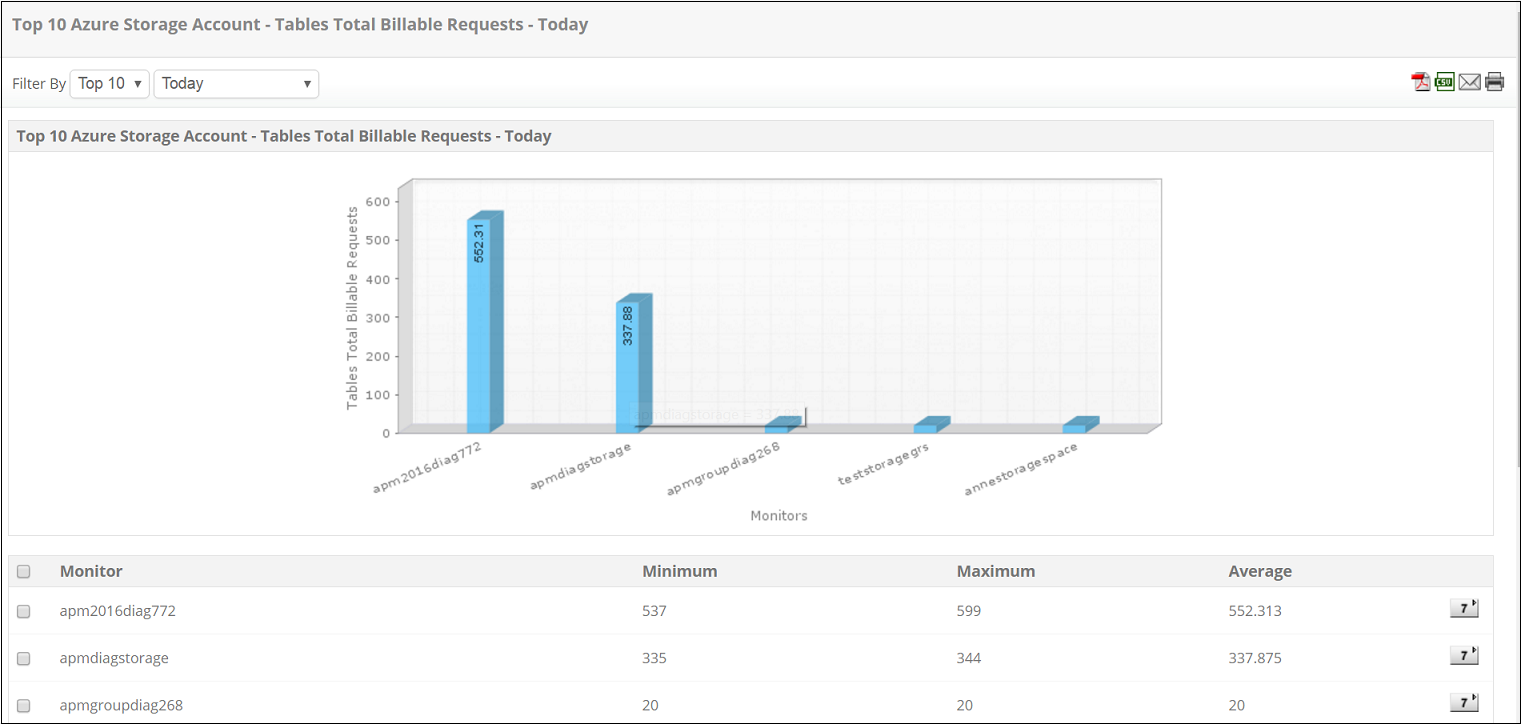Make the most of your Azure Storage Account
As businesses continue to grow on the cloud, organizations are gradually shifting towards a low-cost, low-complexity storage space with fast accessibility and high scalability in order to store huge volumes of data. Microsoft's Azure Storage Account is a popular cloud storage service. In this article, we will go over a few tips to understand the performance of your Azure Storage environment and make the most of your Storage account.
1. Know your Azure Storage components:
Azure Storage is primarily comprised of different types of storage coupled to create a highly powerful, scalable, and instantly accessible storage service.
Blob Storage
Blobs or Binary Large Object Storage has long been used to store a collection of binary data. This could be anything from images, audio to other multimedia objects, almost always in the form of unorganized data. Based on frequency of use, Azure Blob Storage offers different tiers of storage: cool storage for long-term back-up and hot storage for on-demand data.
Table Storage
Azure Table Storage is massively scalable and highly consistent. With its 'geo- redundant' storage, your data is replicated thrice within one region and thrice again in another distant region ensuring that availability is never a concern. It supports flexible data sets that eases application building on the cloud.
File Storage
Migrate files to the cloud without changing a line of code with Azure File Storage. Data access from Azure as well as from on-premise is fast and easy. You can host applications in Azure with Azure VMs or choose your own client platform and manage shared access from multiple on-premise and cloud VMs.
Queues
Queues deliver asynchronous communication between application components whether they're in the cloud, on-premise or in other mobile devices. Messages are never lost as other processing nodes pick up buffered messages in case of component failures. Since applications are sometimes prone to unexpected huge traffic, queues offer flexible scalability to meet application demands.
2. Monitor key performance metrics
Making the most out of your Azure Storage account is ensured only by monitoring the key performance metrics. Here are a list of metrics from your Azure Storage components (blobs, tables, files and queues) that we recommend for regular monitoring in order to identify performance issues and troubleshoot in time.
- Capacity
- Throughput
- Latency
- Successful Requests
- Requests Failed-
- Throttling errors
- Timeout errors
- Other client errors
- Other server errors
- Authorization errors
- Network errors
3. Employ the right monitoring tool
Monitoring key metrics of your Azure Storage Service can often be a challenging task and calls for a comprehensive monitoring solution. We recently introduced Azure Storage account monitoring in Applications Manager. We have attempted to offer a robust monitoring system - with dashboards for key performance indicators and real-time notifications when there are performance issues.

4. Analyze Azure performance reports
When it comes to making the most out of your Azure Storage Service, most admins stop at step 3. Reports are often overlooked or not generated at all leading to gradual performance degradation. Analysing performance reports at timely intervals can offer a lot of insight into proper resource utilization and help understand and eliminate bottlenecks before they become a threat.
Here is a sample performance report generated in Applications Manager. It shows the total billable requests in Tables for a day, for top 10 Azure Storage Accounts.

Feel free to check out Azure Storage Account monitoring using Applications Manager and let us know what you think. If you are not already using Applications Manager, you may download a 30-day free trial to get started.